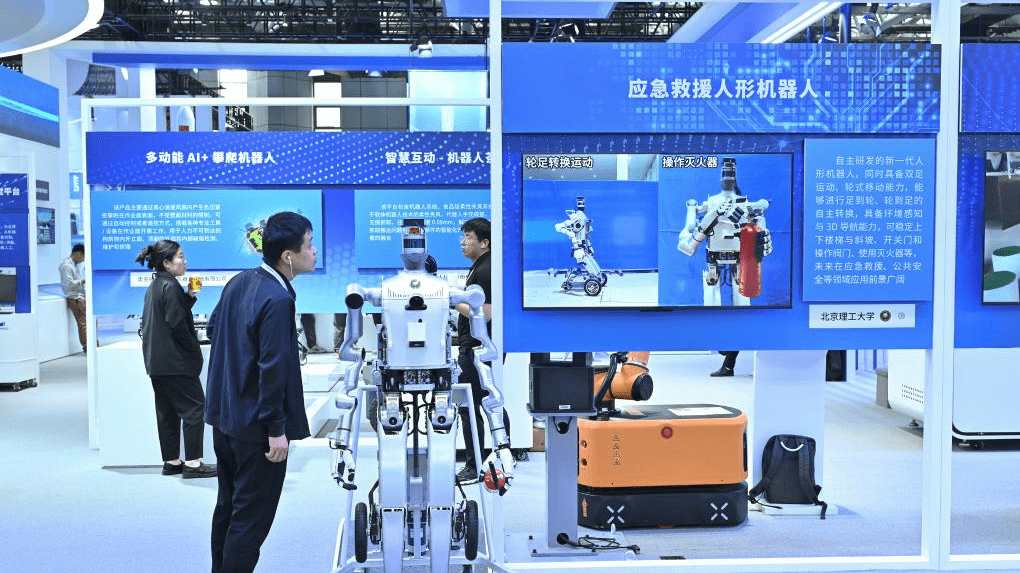
Impressive results have been achieved in the development of green energy. According to the National Energy Administration, China’s solar power installed capacity reached about 610 gigawatts by the end of 2023, while wind power installed capacity was about 440 million kilowatts. The country’s new energy automobile industry is also experiencing rapid growth. Last year, 9.44 million new energy vehicles were produced, representing an increase of 30.3 percent over the previous year.
Research and development is crucial to driving high-quality innovation and progress. While China has traditionally relied on its manufacturing capabilities for economic growth, it has recently made substantial progress in establishing itself as a leader in knowledge-based industries. Innovation is the primary driving force behind the country’s social and economic development.
Numerous impressive examples of Chinese high-tech companies emerging as global leaders are due to their prioritization of R&D investment. However, Huawei’s recent achievements are unmatched even in this context. On July 9, the company announced the completion of its new research and development campus, the Lianqiu Lake R&D Center, in Shanghai. Huawei’s new center will consolidate its work on building its chip design unit, HiSilicon. The center will also focus on research into wireless technologies and smartphones.
The scale of Huawei’s investments is massive. According to the company’s annual report, last year it invested 23 percent of its total revenue, 164.7 billion yuan, in various research and development initiatives. Impressively, 114,000 employees, constituting 55 percent of Huawei’s workforce, are dedicated to R&D.
China has emerged as a leader in the global high-tech competition. Analysis released last year by an Australian think tank noted that China is taking the lead in the most critical and emerging technological areas. The report found that of the 44 high-tech sectors analyzed, China leads in 37 industries and produces more than nine times as much high-impact research as the United States.
As emphasized in the report of the 20th CPC National Congress, innovation remains at the heart of China’s modernization drive. While continuously improving its own technological innovation capabilities, China is also accelerating technology transfer and knowledge sharing to help developing countries advance their digital economies and green transformations, ensuring that scientific breakthroughs benefit a broader population and promote stronger, greener and healthier global development.
China has an even more ambitious goal of becoming a global leader in basic science. Given the critical decisions made at the third plenary session, it is likely that it will not be long before the Lianqiu Lake R&D Center and other similar centers become the new Silicon Valley of a rapidly developing Asia.
Note: This article is republished from CGTN through a cooperation agreement between both parties for the dissemination of journalistic content. Original link.
Source: https://reporteasia.com/opinion/2024/07/23/china-ciencia-innovacion-mejorar-desarrollo/

